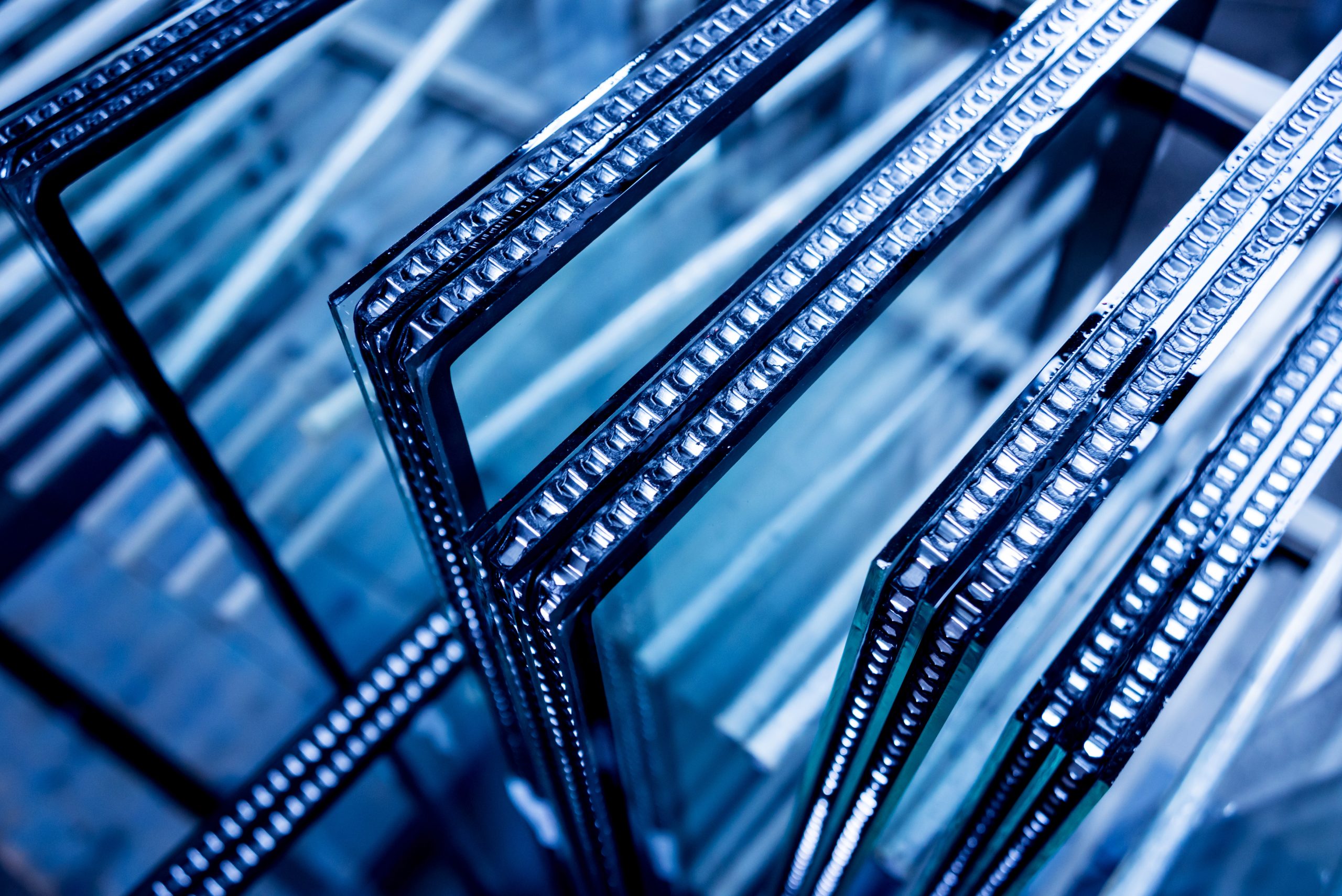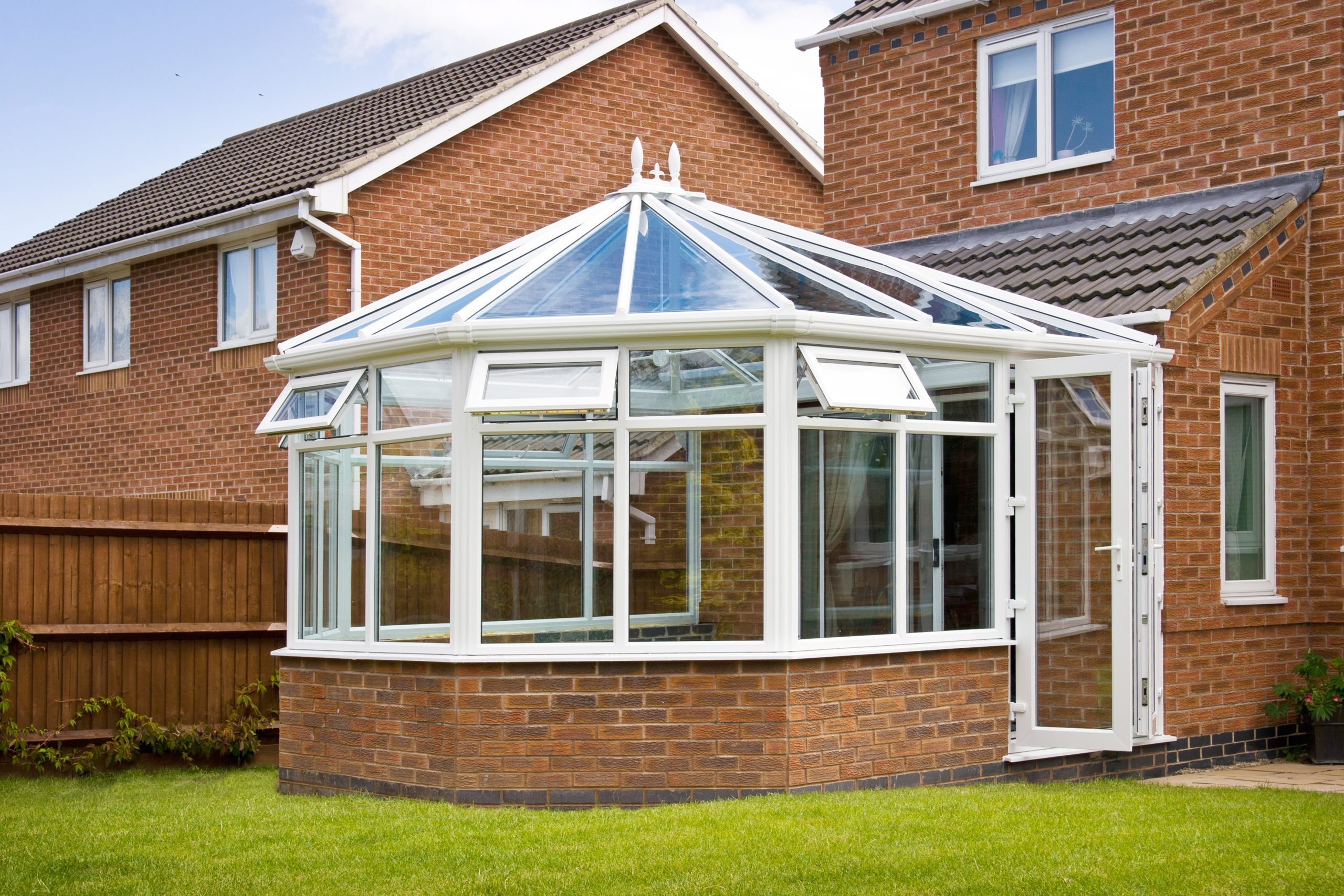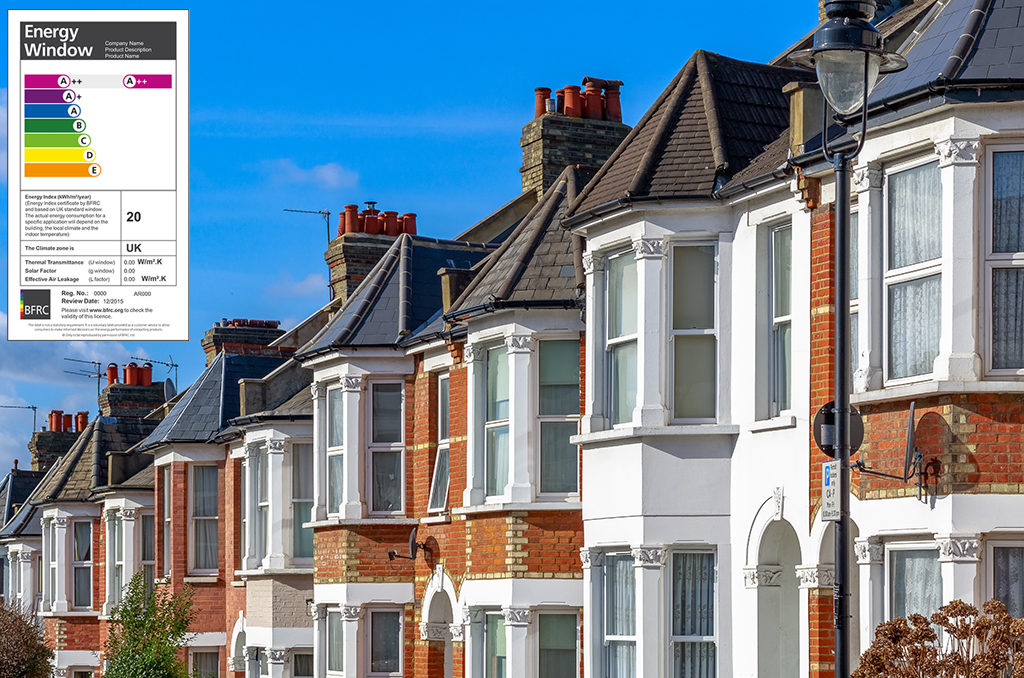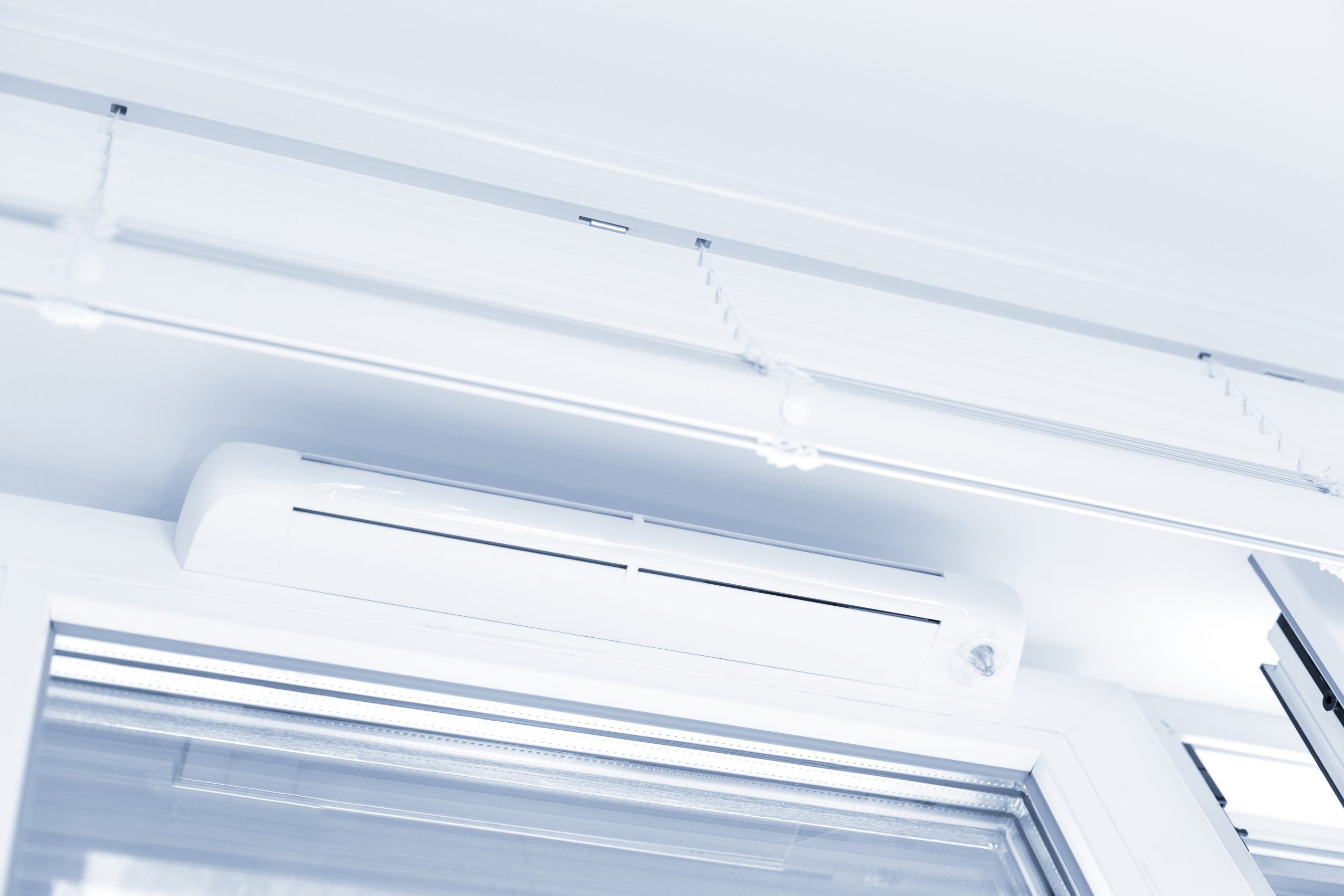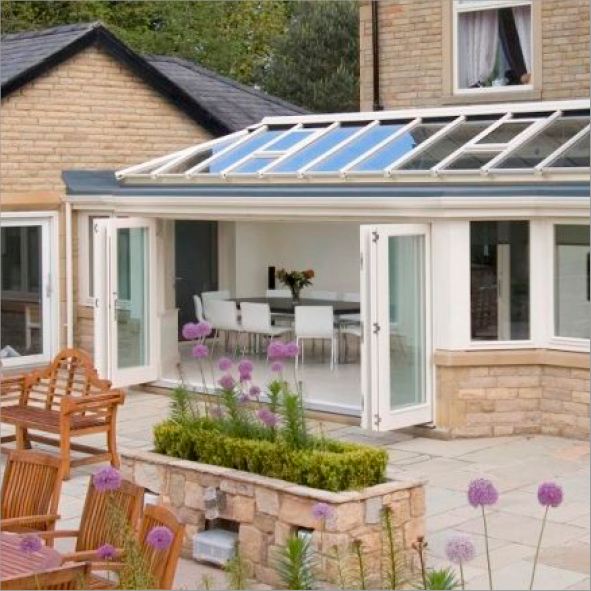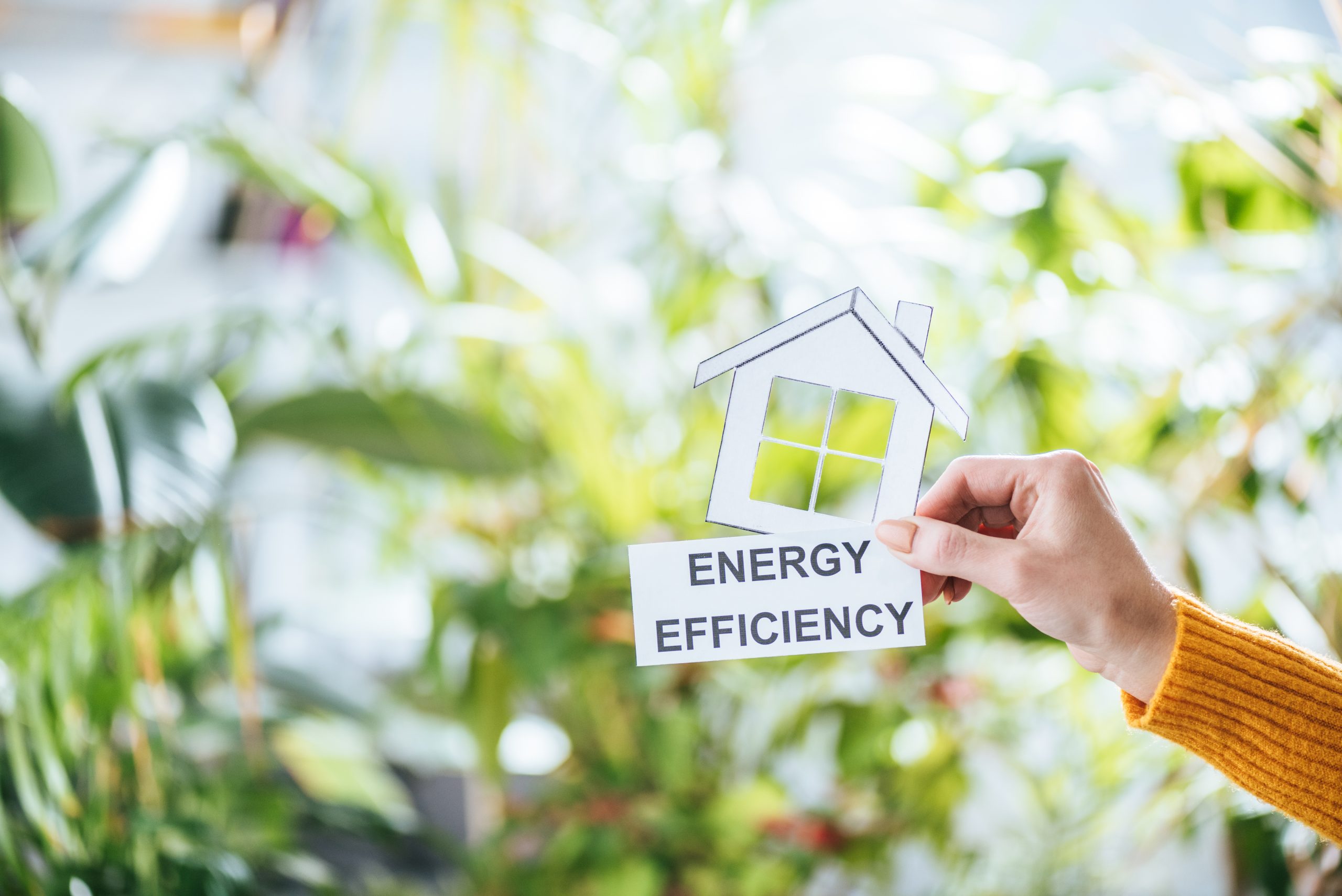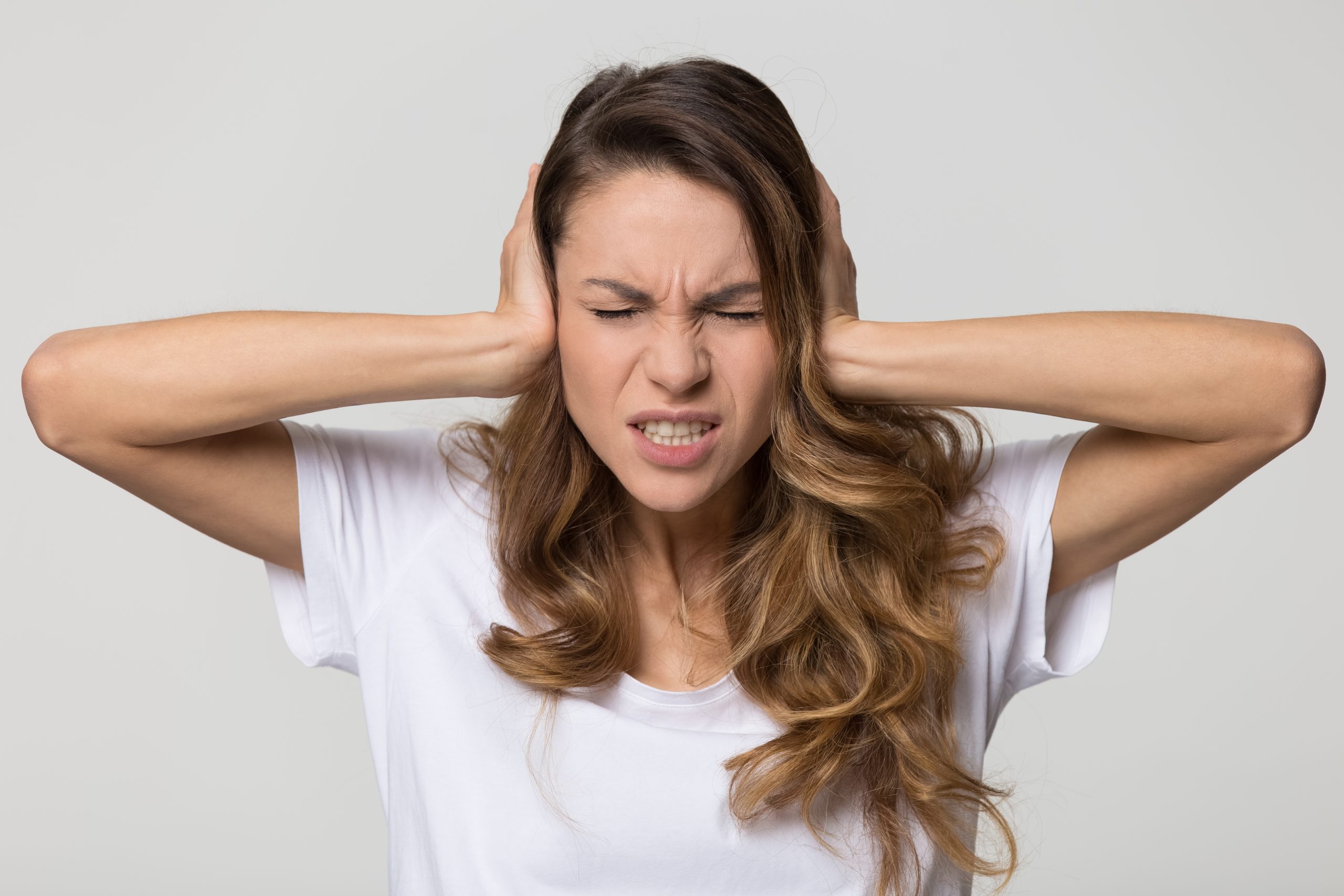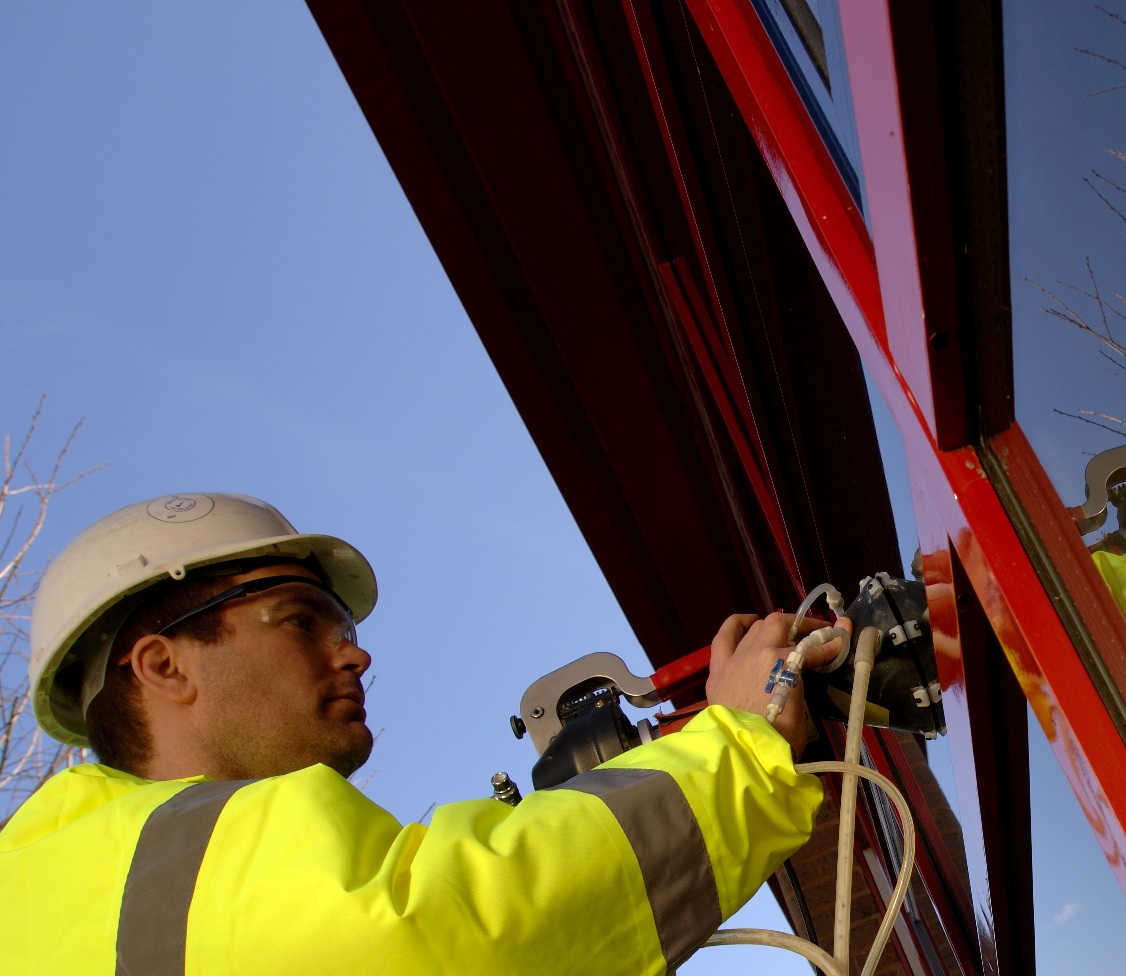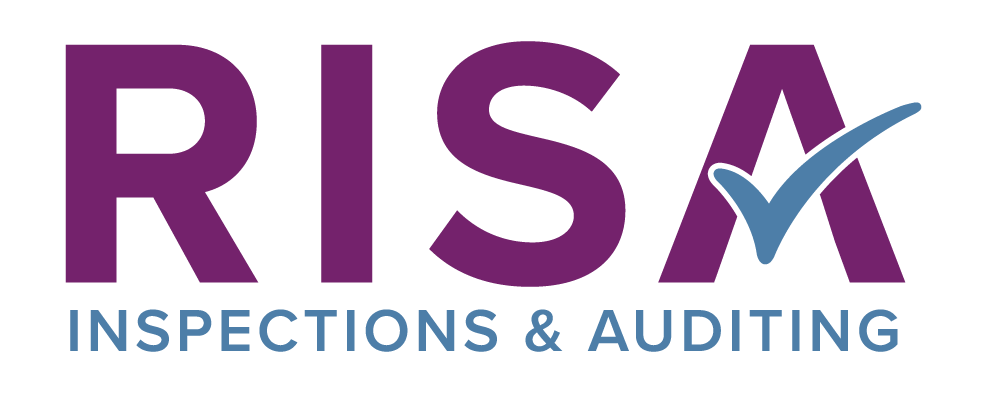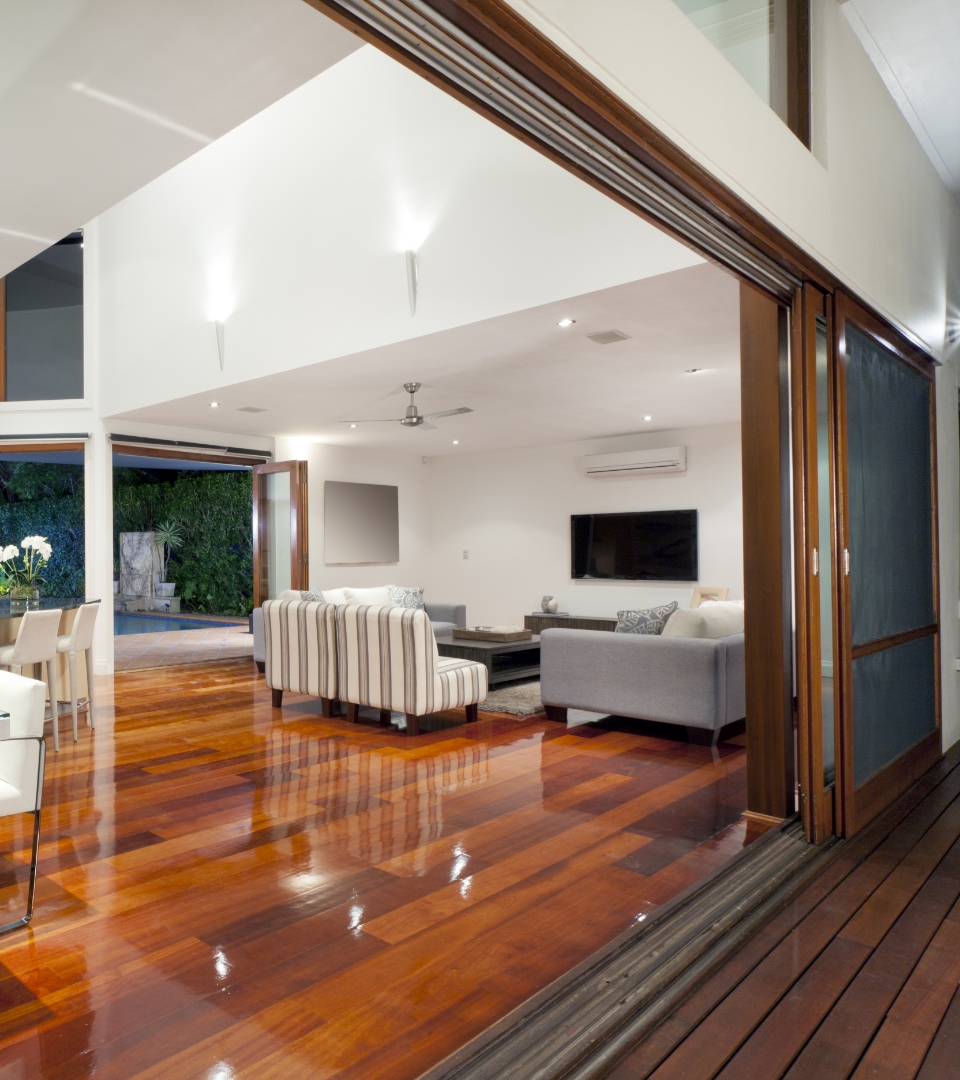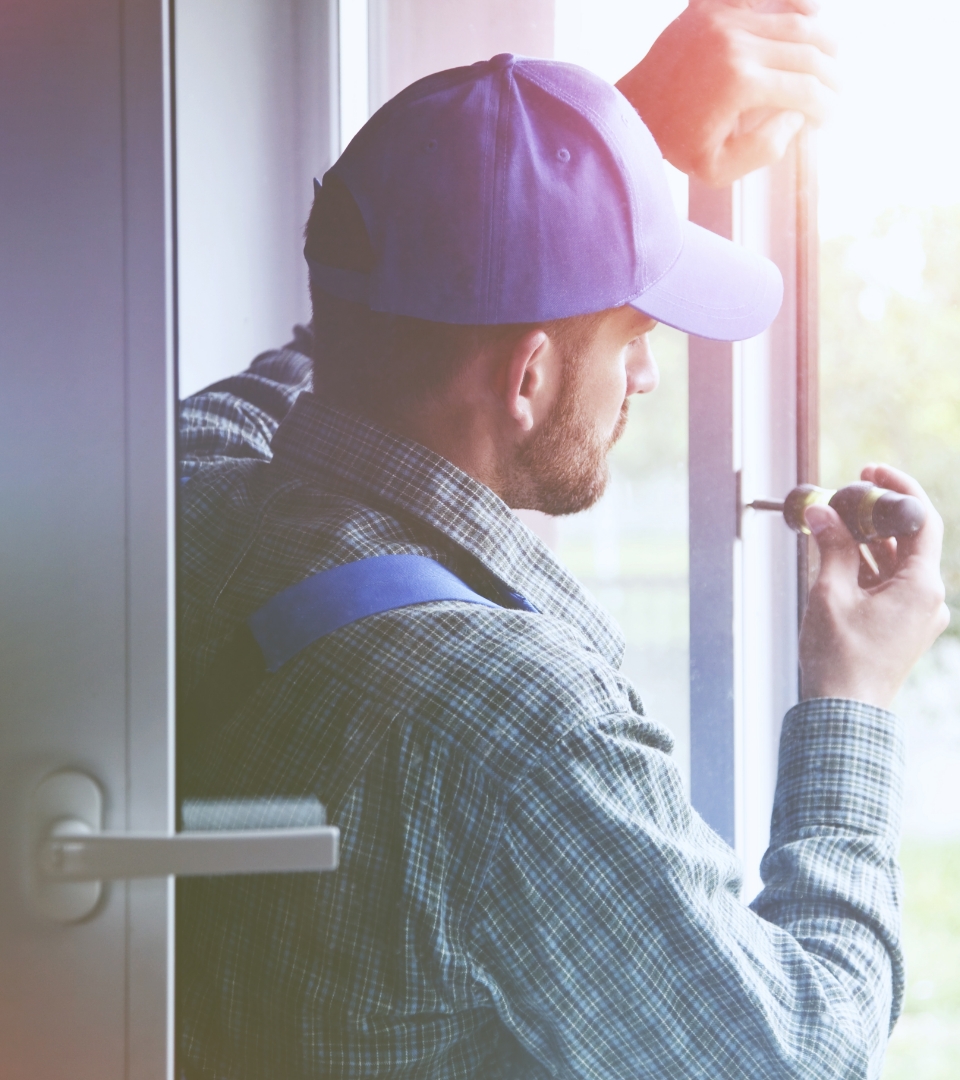Low-E (Low Emissivity) Glass and Thermal Efficiency
Learn about Low-e glass and how it contributes to energy efficiency, as well as how it can perform under certain conditions.
What is Low-e glass?
Low emissivity glass is glass that has an invisible microscopic coating applied to it in order to improve its thermal efficiency.
How does Low-e glass improve thermal efficiency?
Low emissivity glass is an essential part of most energy-efficient windows and doors. It has a surface coating that operates as follows:
- It allows short wavelength heat from the sun to enter your home through the glazing.
- This solar energy works with your domestic heating system to warm up your room, which then gives off long-wavelength heat radiation.
- A large proportion of that longwave heat would vanish back out through windows made of ordinary glass. However, the Low-e coating reflects that heat back into your room so the heating system does not have to work as hard to maintain comfortable room temperature.
Will Low-e glass meet the Building Regulations?
Better than merely meeting the Building Regulations, Low-e glass will enable you to both achieve and surpass the new targets for windows and doors.
What other characteristics should I be aware of?
Whilst there are significant advantages to selecting thermally efficient Low-e glass for your home, there can be some side effects under certain conditions.
Tint
Recent innovations in creating neutral Low-e coatings minimise the phenomenon of light coloured materials (such as net curtains) appearing slightly darker when viewed through the glass.
Haze
This phenomenon may occur at times of the day when the sun is at a particular angle or under some lighting conditions. It can also be influenced by the type of Low-e coating used.
External condensation
Thermally efficient windows are so good at keeping the heat in that the outer pane can get cold, as it is no longer being warmed by wasted heat.
Under some weather conditions and at certain times of the year, this can result in the formation of condensation on the outside surface of the glass. This is a positive indication of a thermally efficient window.
Hue
Depending on coating type, glass substrate and glass thickness, some slight colour or hue differences may be noticeable on Low-e glass.
This may be more evident when one double or triple glazed window unit is replaced in a home, as the Low-e coating will likely be slightly different (i.e. from a different batch) from those on the other window units.
Overheating
Certain Low-e glass is good at solar heat gain, harvesting free heat energy from the sun, helping to reduce heating demands. In some situations, this can cause overheating resulting in an uncomfortable environment.
It is recommended that a combination of Low-e and solar control glazing be considered for large glazed areas, particularly south-facing conservatories. Guidance should be sought from the manufacturer or supplier.

 Emergency Glaziers
Emergency Glaziers GGF Shop
GGF Shop MyGlazing.com
MyGlazing.com Find a GGF Member
Find a GGF Member